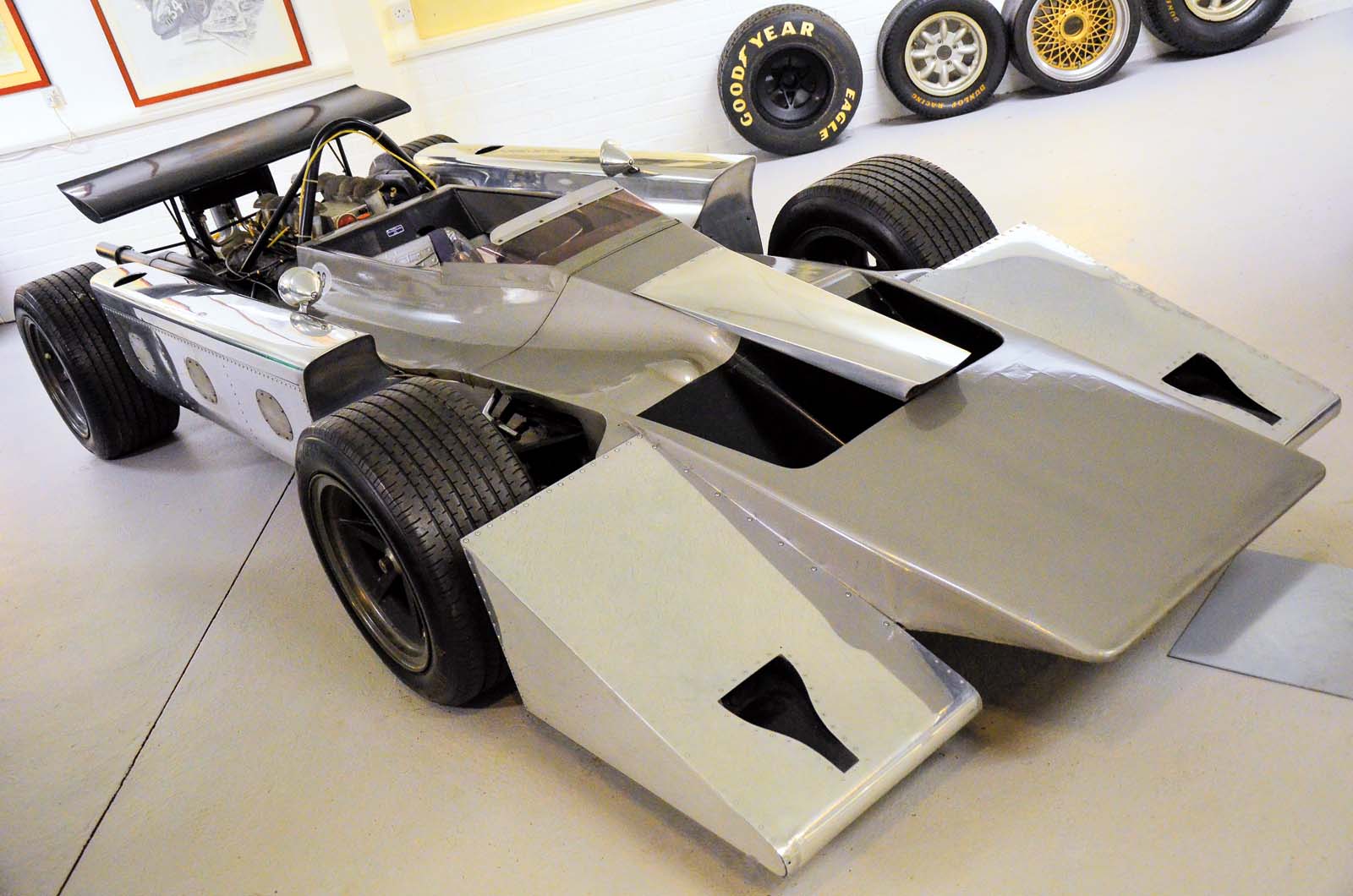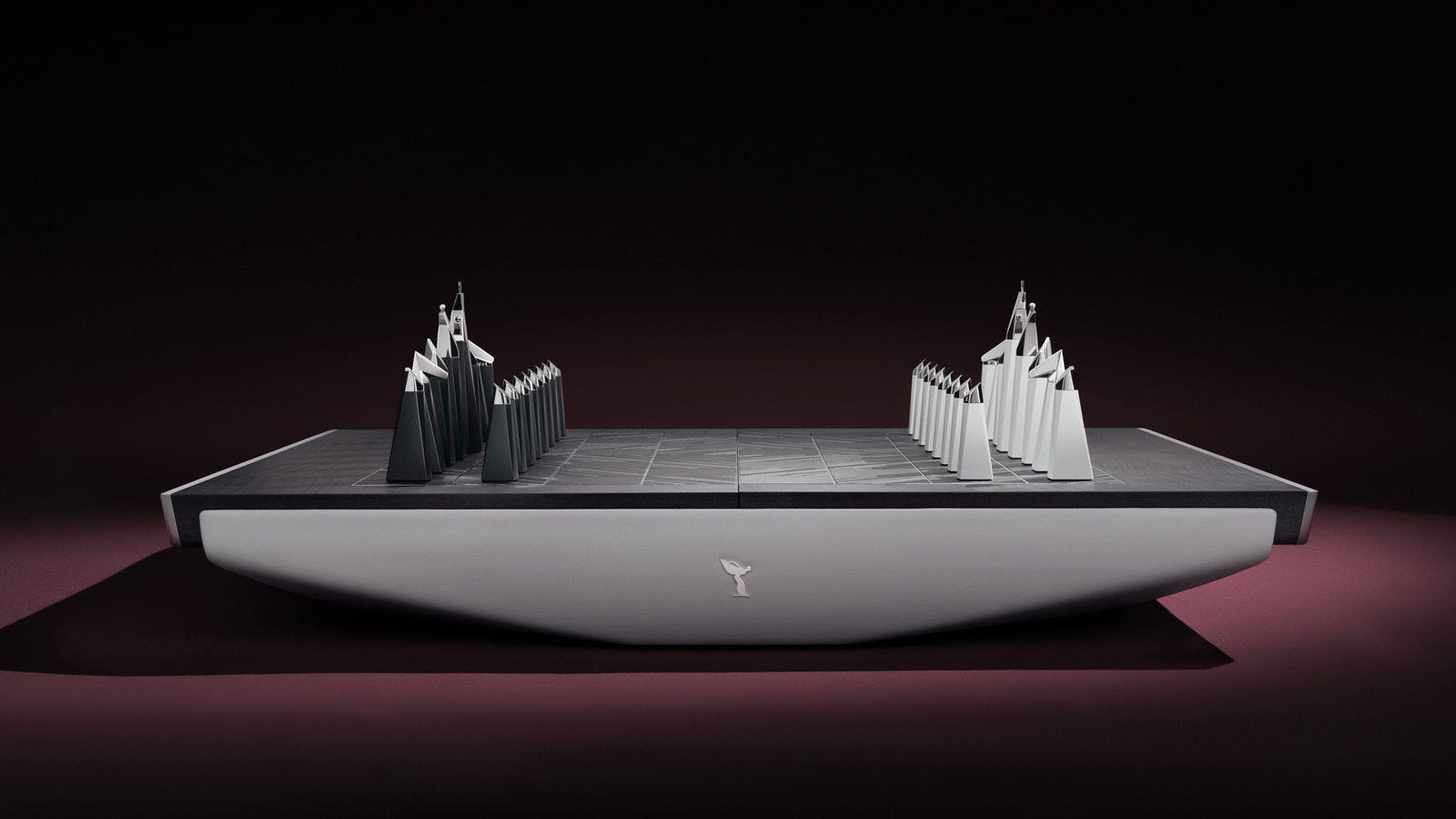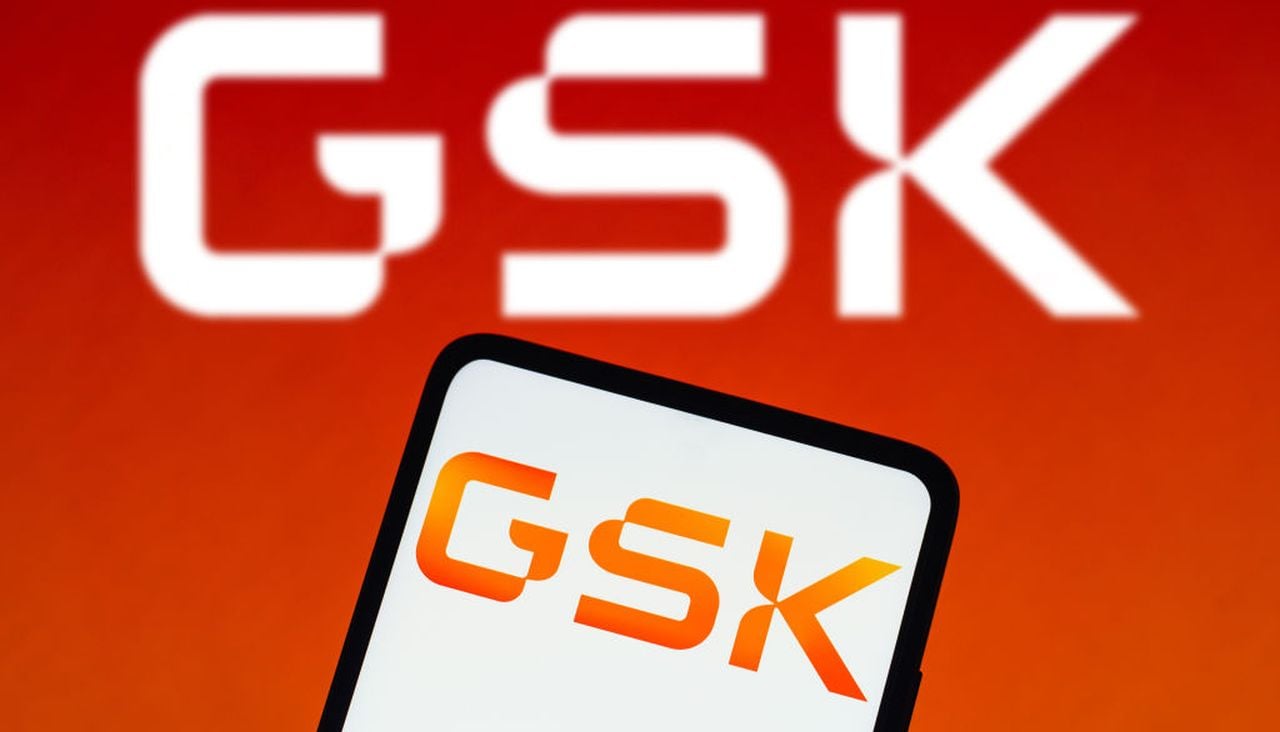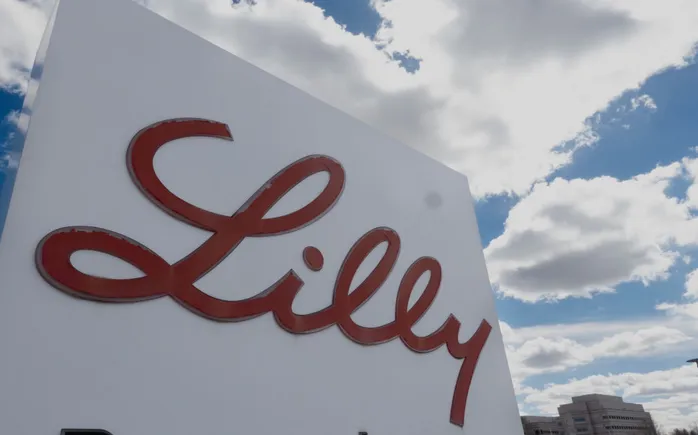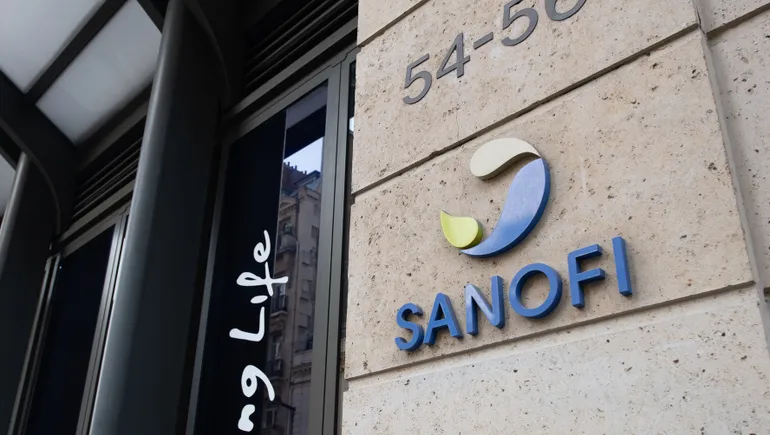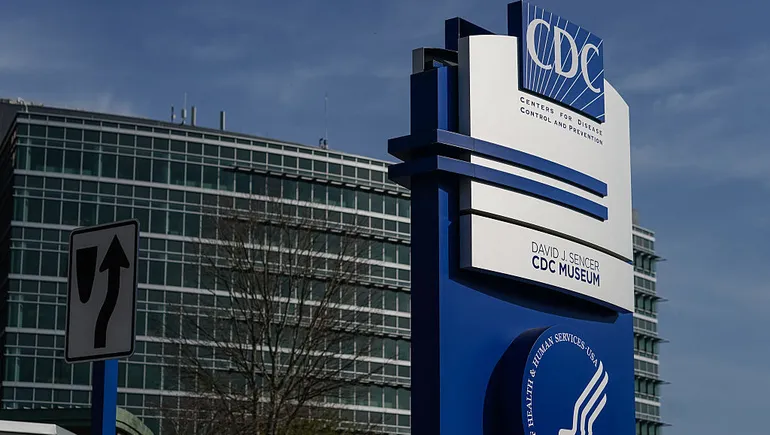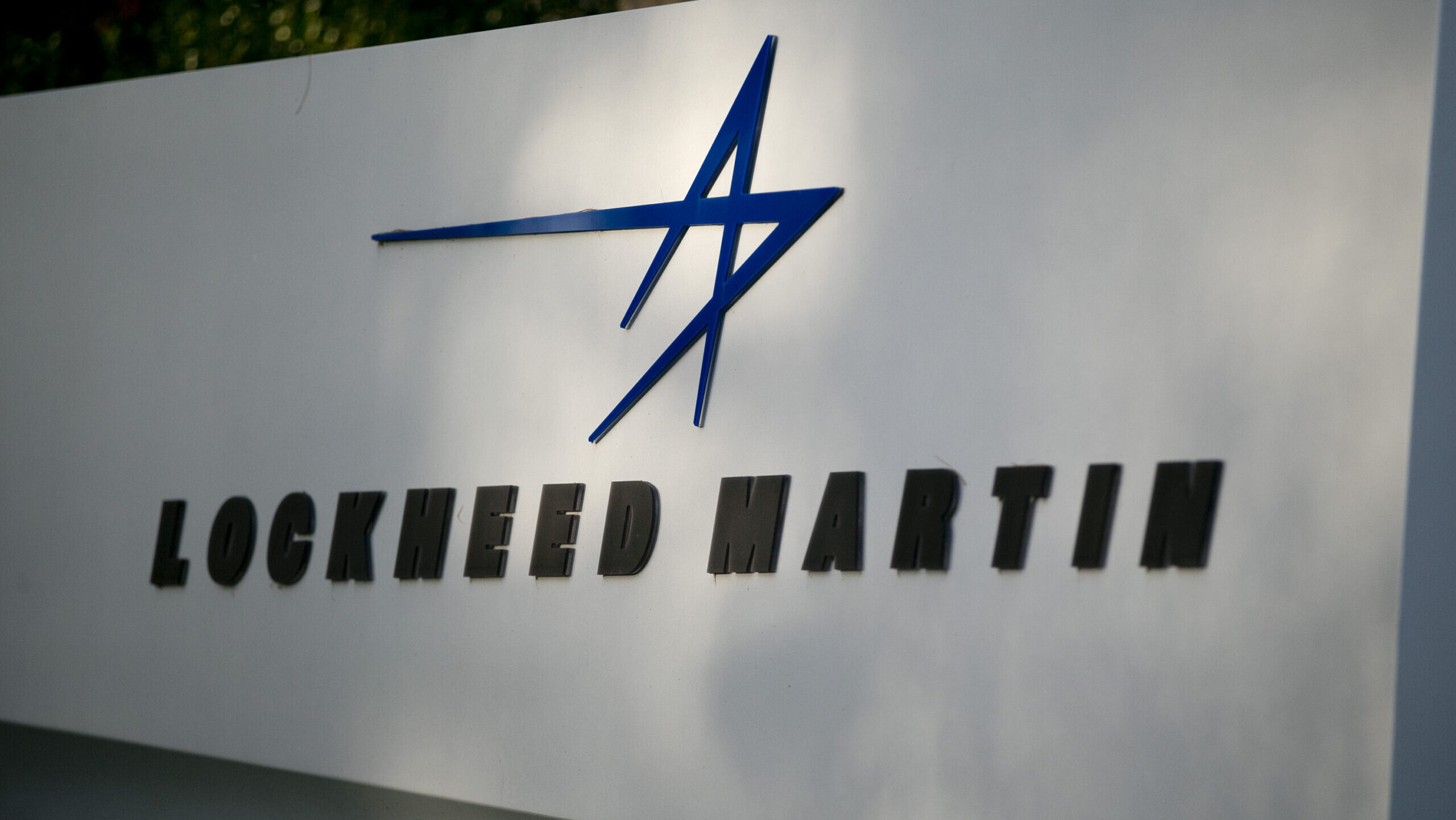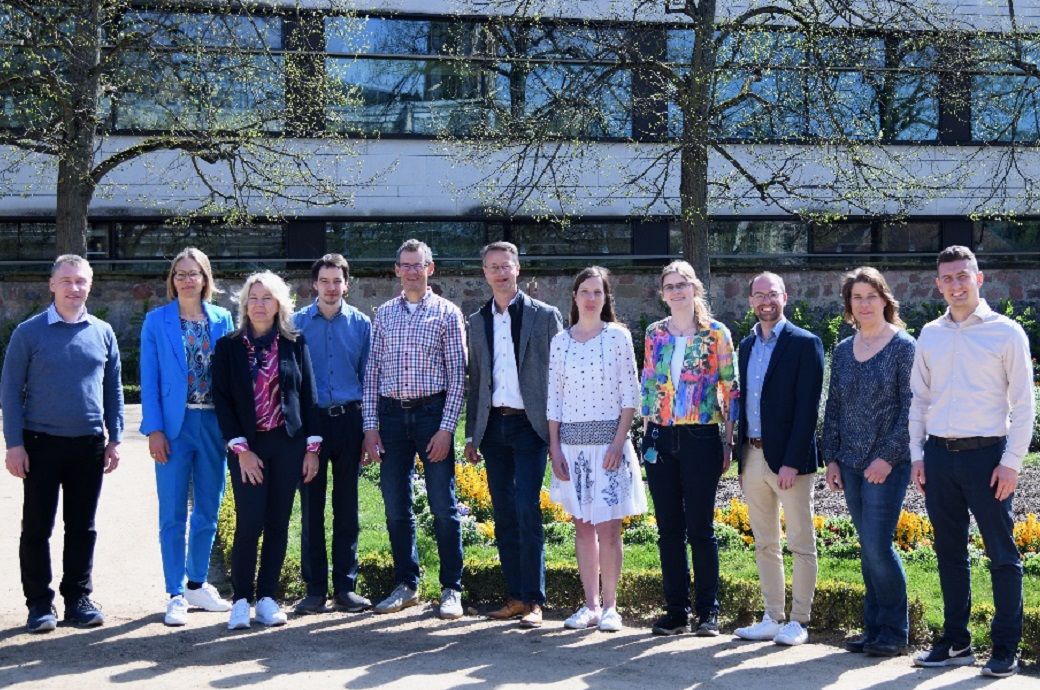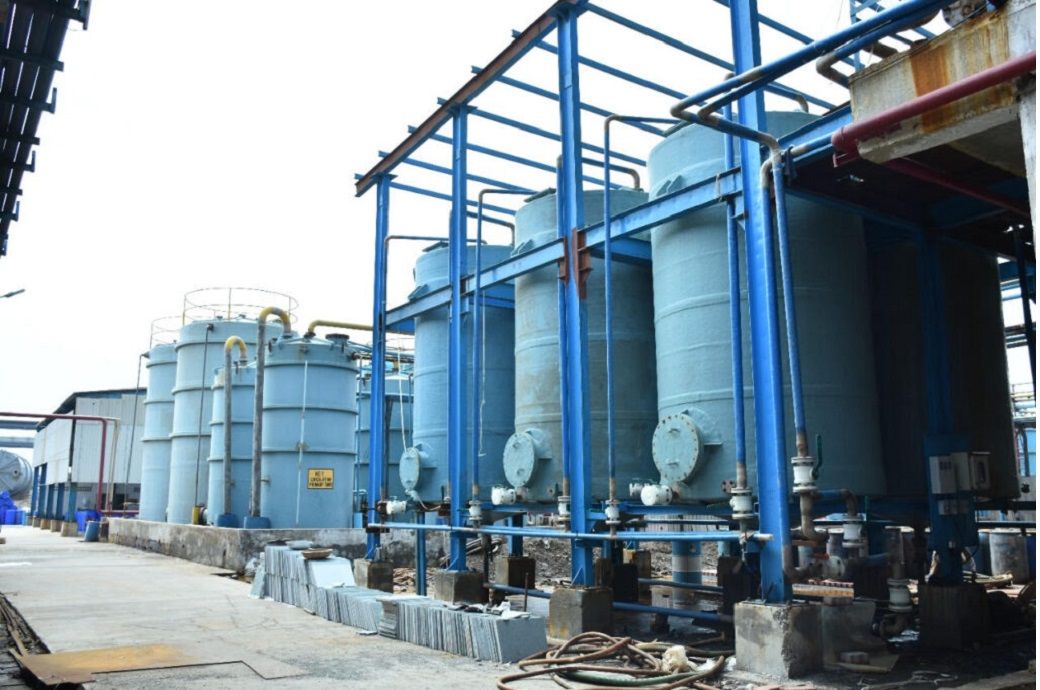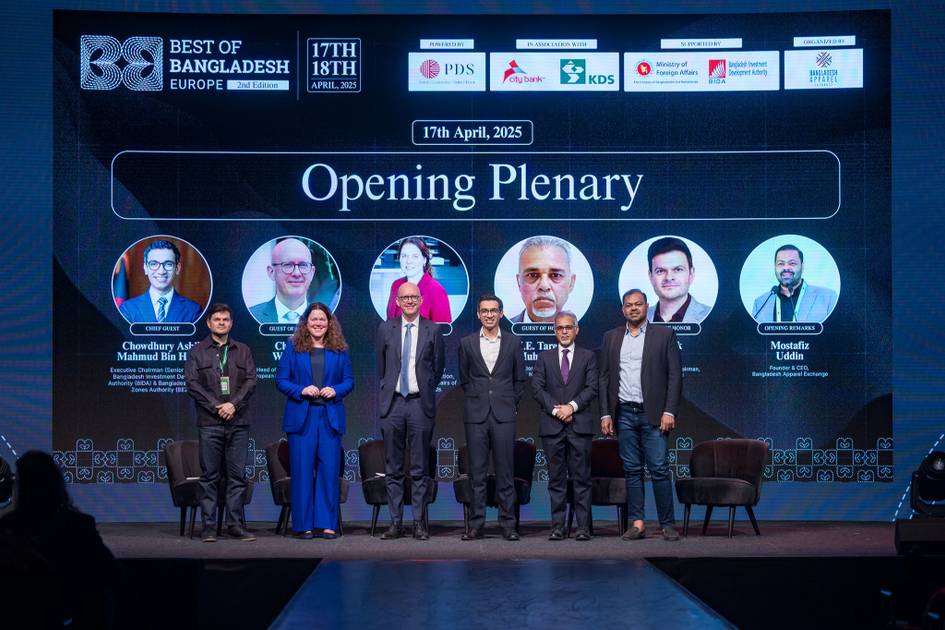Ultrasound‐Guided Functionalized Extracellular Vesicles for Visualized, Controlled, and Efficient Renal Delivery for Enhanced Kidney Repair
Advanced Healthcare Materials, EarlyView.

Schematic illustration of the three main advantages of MB-EV treatment in cisplatin-induced AKI: 1) ultrasound-guided visualization; 2) improved EV uptake; and 3) enhanced therapeutic efficacy.
Abstract
Mesenchymal stem cell-derived extracellular vesicles (EVs) hold great promise for the treatment of acute kidney injury (AKI). However, their efficacy is limited by inefficient delivery. Current studies largely focus on increasing the proportion of EVs reaching renal cells, with less emphasis on enhancing the uptake capacity of damaged cells. In AKI, tubular cells exhibit reduced EV uptake owing to cisplatin damage. This study aims to engineer ultrasound-guided microbubble-functionalized EVs (MB-EVs) via an RGD-integrin connection for visualized, controlled, and efficient renal delivery. Following percutaneous intrarenal injection, MB-EVs demonstrate clear ultrasound imaging enabling precise localization for visualization, while ultrasound triggers the microbubble-mediated release of EVs. During the delivery process, multiple endocytic pathways are involved, with F-actin as a central regulatory hub. Although F-actin is disrupted by cisplatin, MB-EVs restore F-actin, promoting the endocytic pathways and improving EV uptake in renal cells. In terms of efficacy, MB-EVs achieve a more pronounced recovery of renal function, morphological structure, apoptosis, and mitochondrial morphology than EVs alone. Moreover, miR-24-3p carried by EVs restores CPT1A-mediated fatty acid oxidation, thereby promoting favorable renal recovery. In conclusion, the engineered ultrasound-guided EVs enable visualized, controlled, and efficient renal delivery, achieving superior therapeutic outcomes and offering new hope for AKI treatment.


















